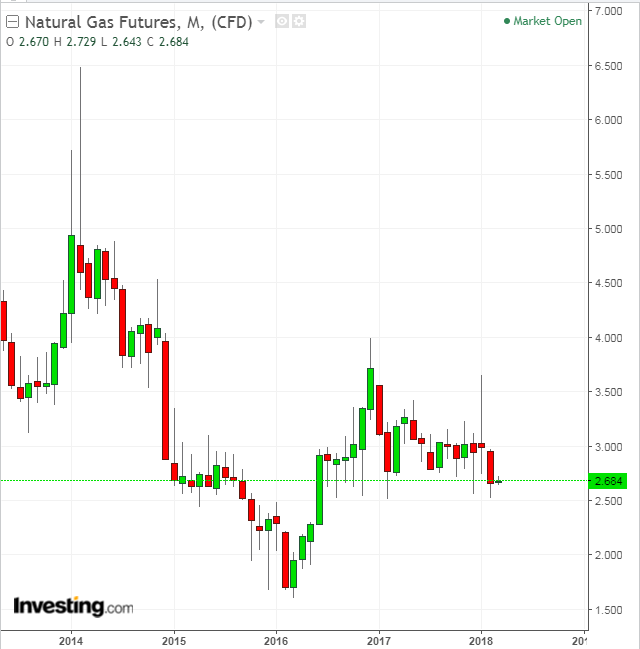Exxon Mobil's (NYSE:XOM) stock has been under pressure since the start of the year. Despite crude oil prices trading in a higher range during 2018, investors have shunned the world’s largest oil producer after it missed its most recent quarterly earnings forecast.

Trading at $75.55 as of Friday's close, Exxon stock is down almost ~10% in 2018, wiping out all gains made during the past 12 months. Is this dip, which pushed the company’s dividend yield to above 4%, a buying opportunity for the long-term income investors?
Despite a temporary setback, I believe Exxon Mobil has not lost its shine, and investors should focus on the long-term value generated by the company’s major transformation which followed the latest oil downturn.

Diversified Operations
The biggest strength in Exxon Mobil’s business model comes from its diversification. The company operates one of the world’s largest integrated refiners, it markets petroleum products and manufactures chemicals as well. In other words, Exxon's revenue stream doesn’t only rely on crude oil.
This diversification provides a healthy balance, enhancing the company’s ability to continue generating cash flows when oil and gas prices are in a cyclical downturn.

Weak commodity prices since 2014 have hit Exxon’s upstream business quite hard and that’s the one area where the company continues to struggle. Excluding a one-time tax benefit in the fourth quarter, the underlying loss from the company’s U.S. upstream business was $541 million. This is Exxon’s 12th consecutive quarterly loss in the business and it seems to be the biggest drag on the company’s share price. But management has a plan to address this challenge.
To counter this cyclical downturn in oil prices, Exxon is investing billions of dollars to increase oil production in the Permian Basin in West Texas and New Mexico, expanding existing operations, enhancing infrastructure and building new manufacturing sites.
The company plans to triple its oil and gas production in the the Permian Basin by 2025, encouraged by the recent reduction in corporate tax rates. Exxon plans to integrate this new supply with its refining and chemicals businesses to capture more margin.
Threat From Bond Yields
Big dividend stocks such as Exxon tend to underperform when bond yields begin to rise. The reason behind this equation is simple: when investors see an attractive return from safe haven assets, such Treasury bills, they exit more risky bets.
As of Friday, the U.S. 10-year Treasury bill was trading just under 3%, with some analysts calling for a 4% yield by the end of 2018 as the Fed, the U.S. central bank, continues to raise interest rates. However, when it comes to Exxon, I think investors are getting it wrong.
Exxon’s dividend payments to shareholders have grown at an average annual rate of 6.3% over the last 35 years. The company is the biggest cash distributor among the companies listed on the Dow Jones Industrial Average, having paid close to $13 billion to shareholders during the trailing 12-month period.
One thousand dollars invested in the company’s shares 40 years ago would be worth a staggering $70,000 in total returns today, with the major chunk coming from dividends.
The Bottom Line: With oil prices stabilizing in the $60-$65 a barrel range and some forecasters, including Goldman Sachs, calling for Brent to reach $82.50 within the next six months, I see a bullish trend emerging for XOM stock.

Even if oil prices remain at current levels, continued production growth will allow the company to increase its cash flows. Thanks to its diversification and excellent balance sheet, Exxon is well positioned to maintain its long and impressive history of reliable dividends.
By comparing Exxon Mobil's performance with industry peers, you will see that the company is still getting better returns. After a 15% plunge from its 52-week high of $89.30 at the beginning of January, the company's share price looks cheap and hard to ignore. I think this stock is a strong buy on the current dip.
